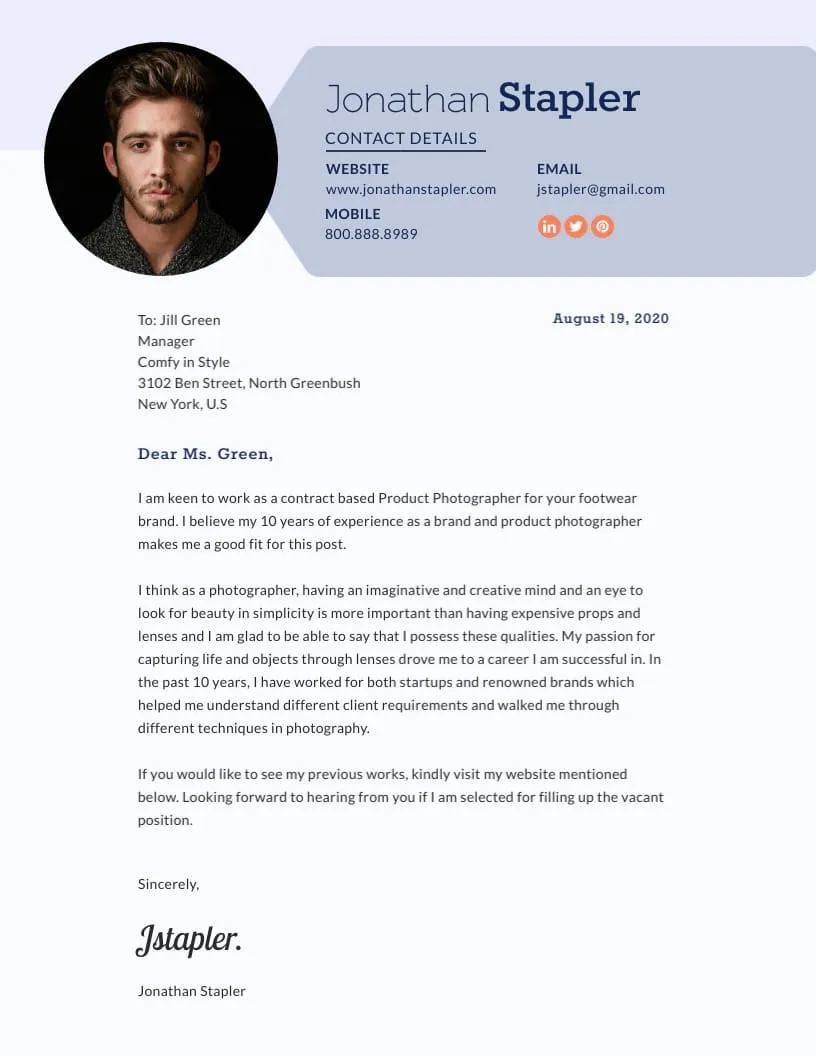What is a Photographer Cover Letter?
A photographer cover letter is a crucial document accompanying your photography resume when applying for jobs or freelance opportunities. It serves as your introduction to potential employers, allowing you to showcase your unique skills, experience, and passion for photography. Think of it as a personalized sales pitch, where you’re selling yourself and your abilities to the hiring manager or client. Unlike a resume, which provides a factual overview of your career, a cover letter allows you to express your personality, explain your motivations, and highlight the specific reasons why you’re the perfect fit for the role.
Importance of a Cover Letter for Photographers
In the competitive world of photography, a well-crafted cover letter can significantly increase your chances of landing an interview. It demonstrates your professionalism, attention to detail, and genuine interest in the position. A cover letter provides a space to personalize your application, tailor your skills to the specific job requirements, and explain how your unique background aligns with the company’s values or the client’s needs. It also shows that you’ve taken the time and effort to learn about the opportunity and are committed to making a strong impression. Without a cover letter, your application might be overlooked, especially if other candidates have included one.
Key Components of a Photographer Cover Letter
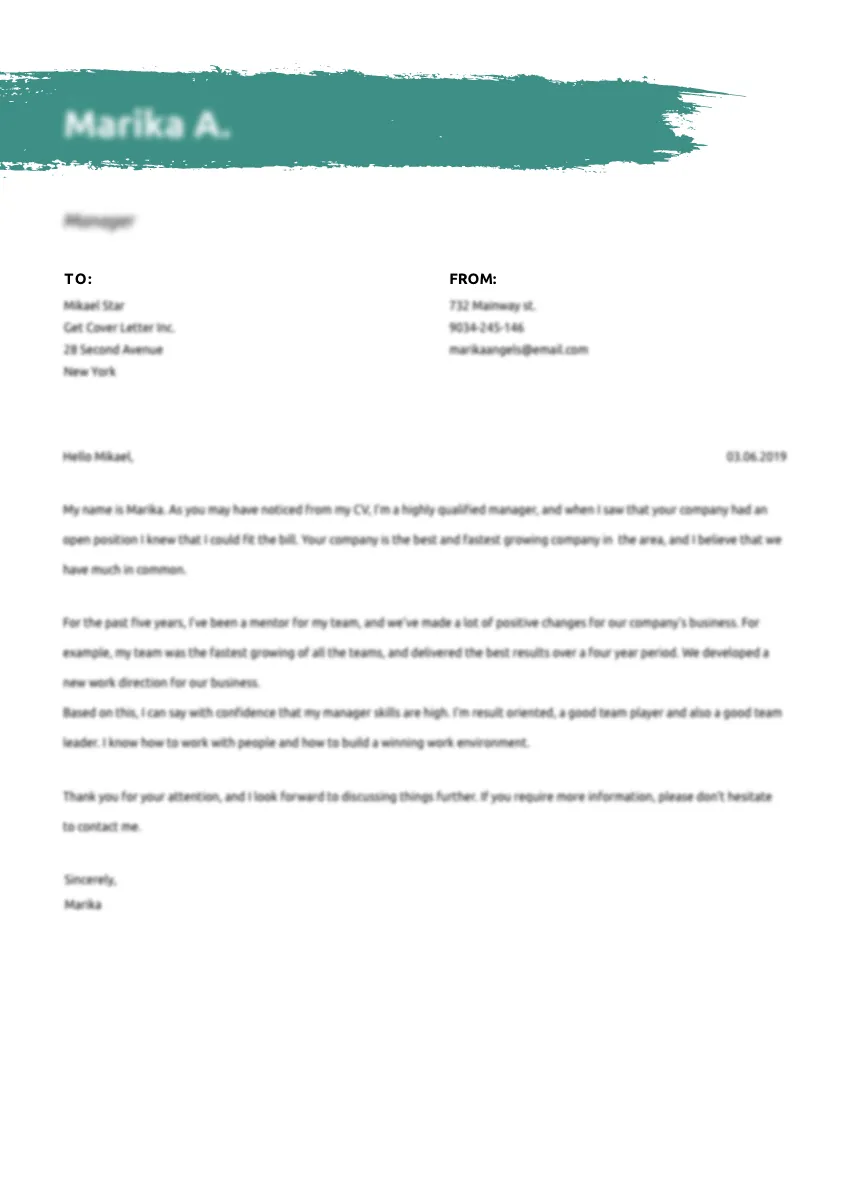
A strong cover letter should include several key components to effectively communicate your qualifications. Each section should be thoughtfully written to highlight your strengths and capture the reader’s attention. These components work together to present you as a well-rounded and enthusiastic candidate, making it more likely for you to be selected for an interview. Remember, each section is important and should be crafted with care.
Your Contact Information
Begin your cover letter with your contact information. Include your full name, phone number, email address, and optionally, your professional website or online portfolio link. This makes it easy for the hiring manager to reach you. Ensure your email address is professional and that your website showcases your best work. A clean, well-organized contact section sets a professional tone from the start.
The Hiring Manager’s Information
Address your letter to the hiring manager, if possible. Research the company to find their name and title. Addressing the letter to a specific person shows you’ve done your homework and are genuinely interested in the position. If you can’t find a specific name, use a professional title such as ‘Hiring Manager’ or ‘Photography Department’.
Professional Salutation
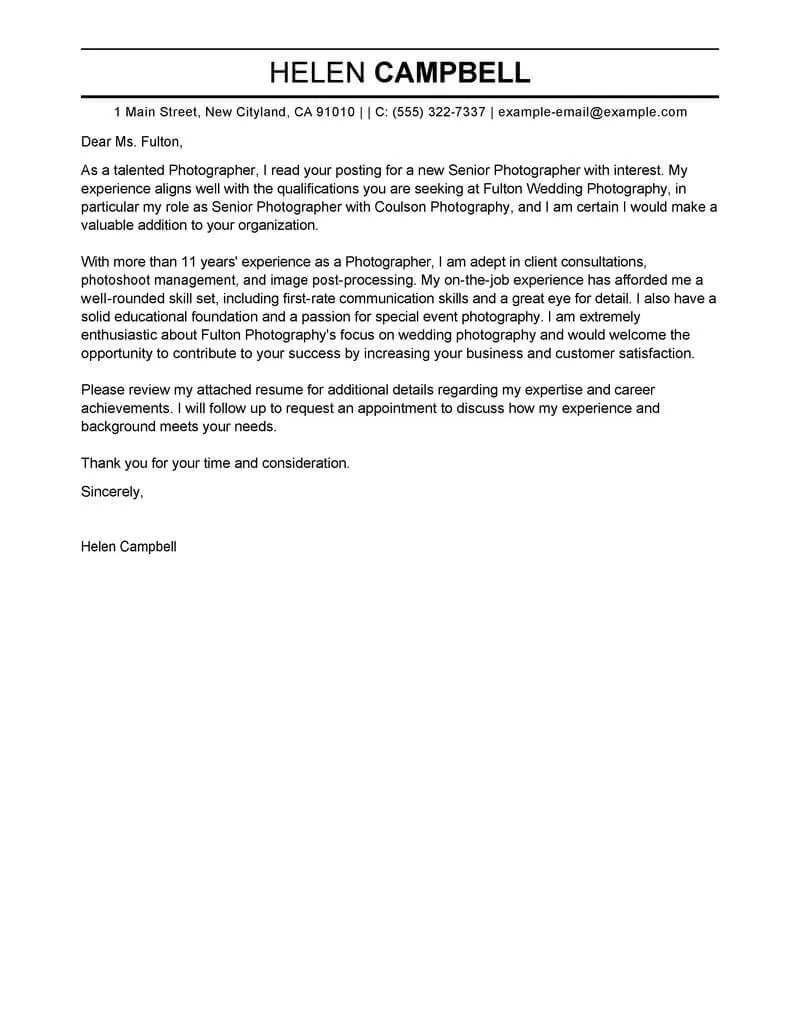
Start your cover letter with a professional salutation. Use “Dear [Mr./Ms./Mx. Last Name],” or “Dear Hiring Manager,” if you don’t know the name. Avoid casual greetings like “Hi” or “Hello.” This sets a professional tone and shows respect.
Write a Compelling Opening Paragraph
Your opening paragraph should immediately grab the reader’s attention. State the position you’re applying for and where you found the job posting. Briefly mention why you’re interested in the role and the company. You can also include a brief statement about your most relevant skill or achievement to hook the reader and encourage them to read further. Making a strong first impression is key.
Highlight Your Skills and Experience
In the body of your cover letter, highlight your relevant skills and experience. Focus on the skills and experience that directly align with the job requirements. Use specific examples from your past projects or work experiences to demonstrate how you’ve successfully applied those skills. Quantify your achievements whenever possible to showcase your impact and expertise. Tailor this section to each application.
Showcase Your Photography Projects
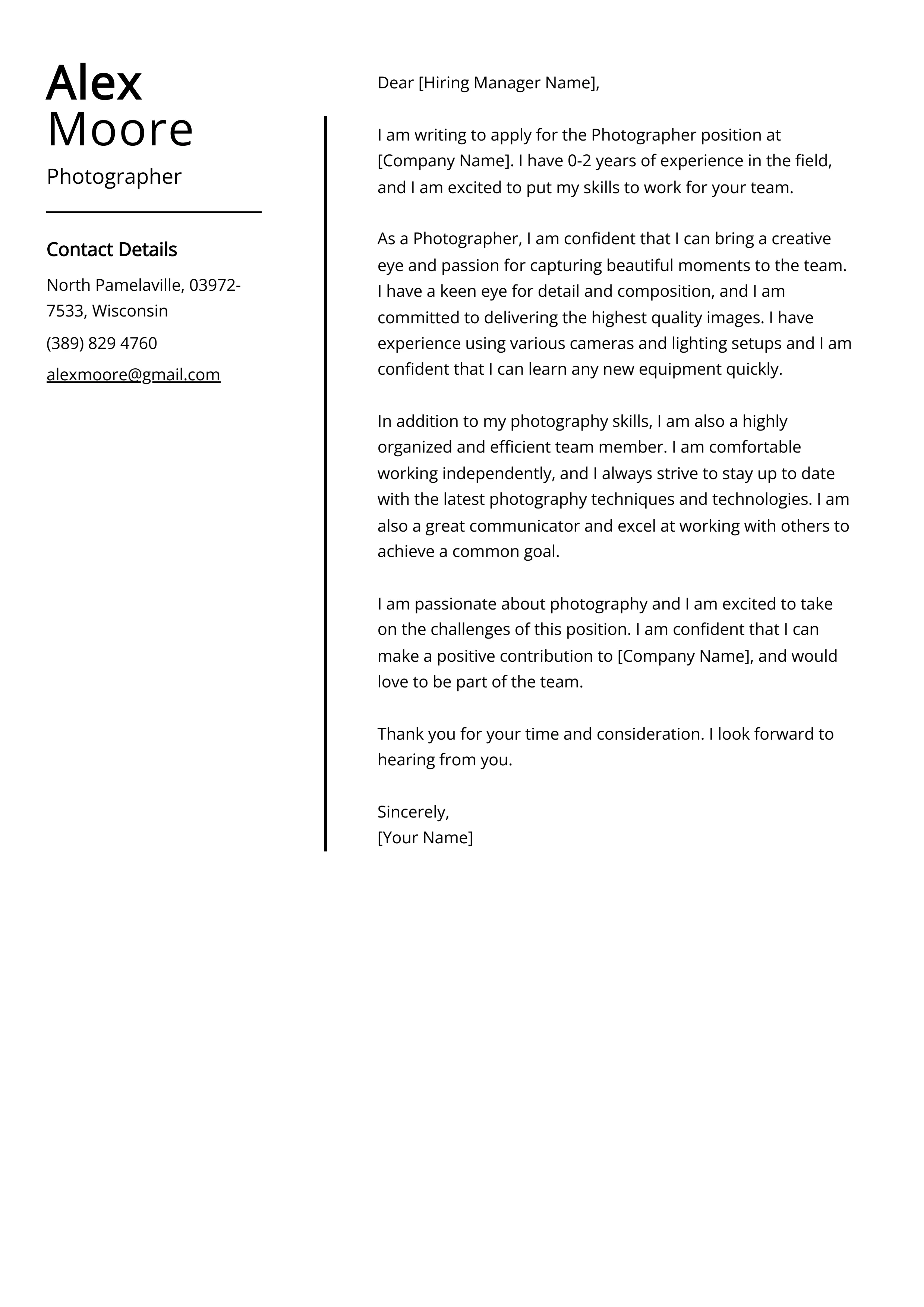
Include details about relevant photography projects you’ve worked on. Describe the scope of the projects, your role, and the results. Include links to your online portfolio or specific images that showcase your abilities. This demonstrates your practical application of skills and highlights your creativity and technical expertise. Choose projects that align with the job’s requirements.
Quantify Your Achievements
Whenever possible, quantify your achievements to demonstrate your impact. Instead of saying ‘increased website traffic,’ state ‘increased website traffic by 30% in six months.’ Use metrics to highlight the results of your work. This adds credibility and makes your accomplishments more impactful. Providing concrete numbers makes your claims more convincing.
Address the Specific Job Requirements
Carefully review the job description and address the specific requirements listed. Explain how your skills and experience meet each of these requirements. Show the hiring manager that you understand what they are looking for. This shows you are a good fit. Tailor your letter to match the needs of each individual opportunity.
Explain Why You’re a Good Fit
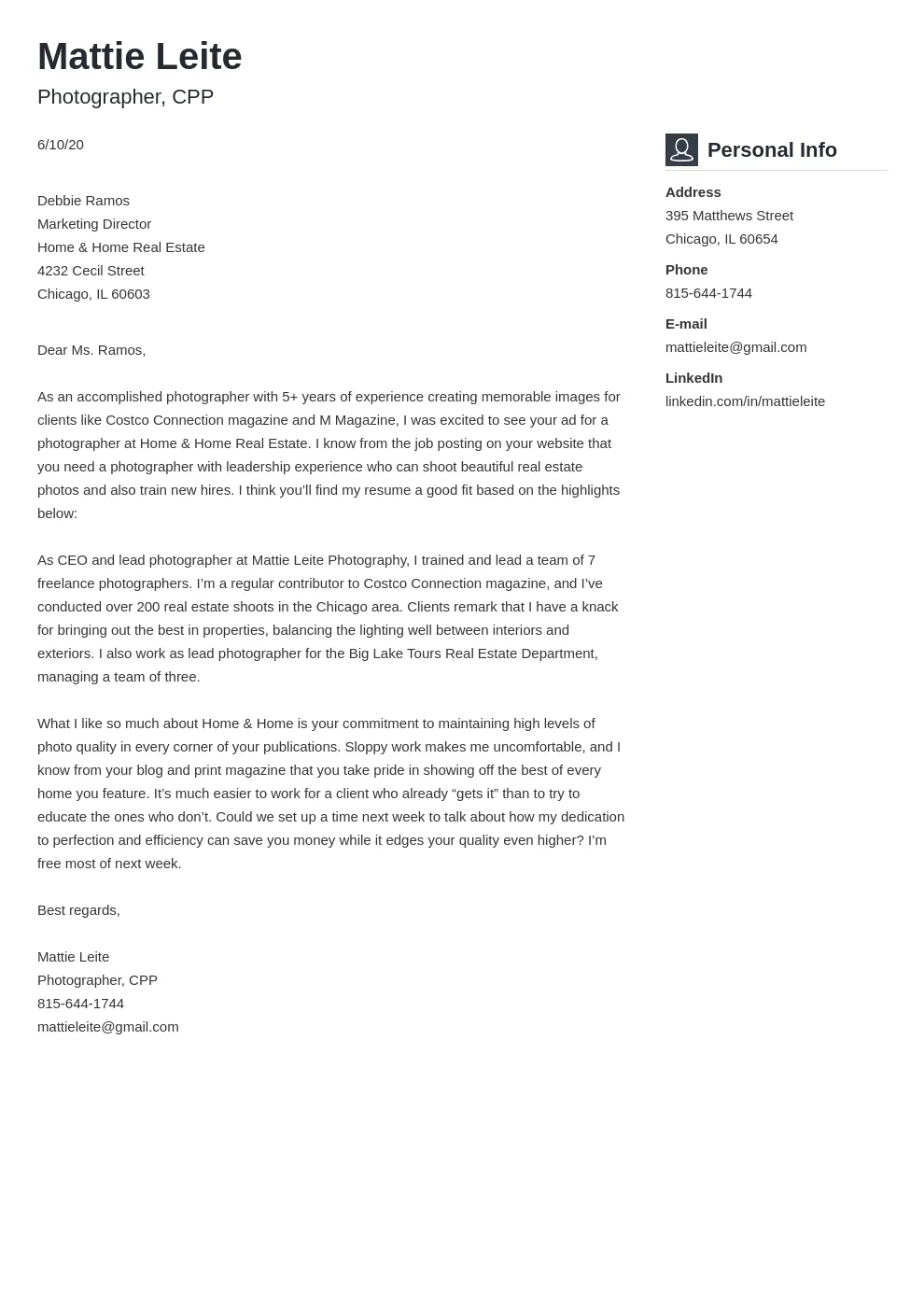
Explain why you’re a good fit for the company and the role. Discuss your understanding of the company’s mission, values, and goals. Explain how your own values align with theirs. Show the hiring manager that you’ve researched the company and are genuinely interested in being a part of their team. Be sure to share relevant examples.
Express Your Enthusiasm for the Position
Express your enthusiasm for the position and the company. Convey your passion for photography and how the role aligns with your career goals. Your enthusiasm will make you stand out from other candidates. Show that you’re excited about the opportunity and eager to contribute.
Use a Strong Call to Action
End your cover letter with a strong call to action. Request an interview and express your availability. Thank the hiring manager for their time and consideration. Make it easy for them to take the next step by clearly indicating your interest and availability. Encourage them to contact you.
End with a Professional Closing
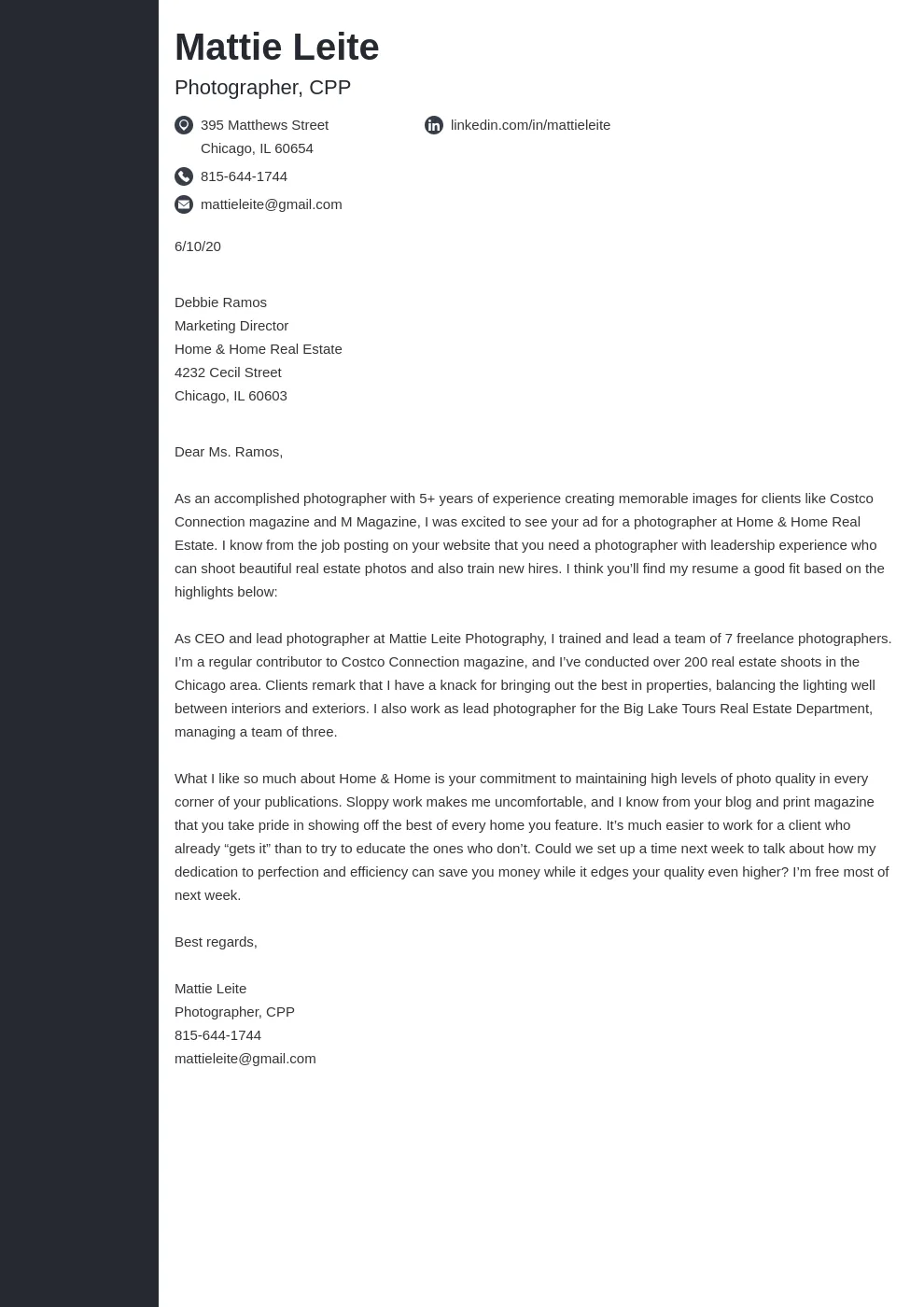
Use a professional closing such as “Sincerely,” or “Best regards,” followed by your full name. Ensure the closing is formal and appropriate for the context. This adds a polished finish to your cover letter.
Proofread and Edit Your Cover Letter
Proofread your cover letter carefully for any errors in grammar, spelling, and punctuation. Read it aloud to catch any awkward phrasing or sentences. Have a friend or colleague review it as well, as they may catch errors you missed. A well-proofread cover letter demonstrates your attention to detail and professionalism.
Formatting Your Photographer Cover Letter
Proper formatting enhances the readability and professionalism of your cover letter. Use a standard business letter format. Ensure your cover letter is easy to read and visually appealing. This includes using appropriate spacing, margins, and font choices.
Choosing the Right Font and Font Size
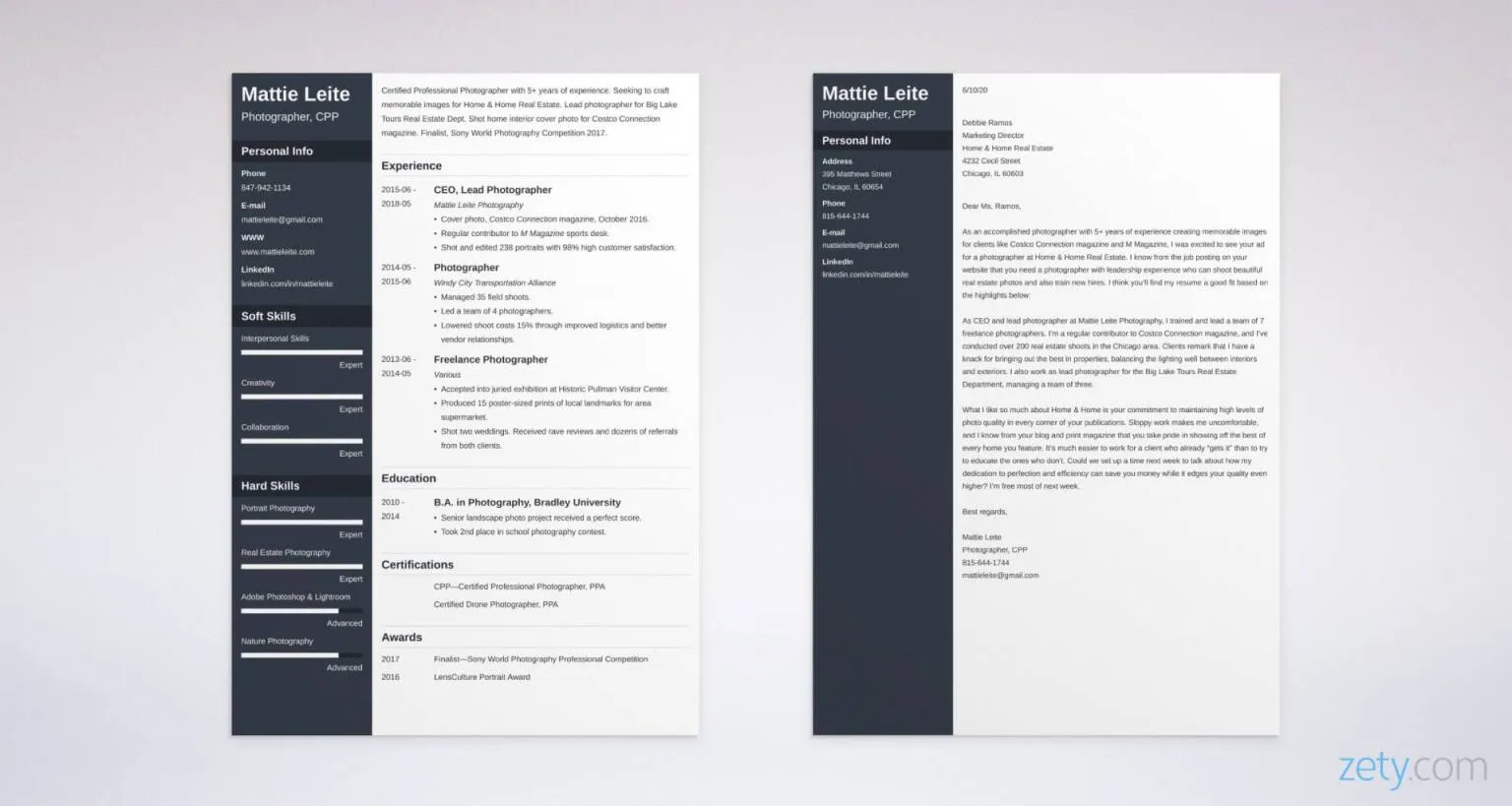
Choose a professional and readable font such as Times New Roman, Arial, or Calibri. Use a font size of 10-12 points for optimal readability. Ensure the font is consistent throughout the document. A professional font makes your cover letter look polished and easy to read.
Maintaining Professionalism in Tone
Maintain a professional and respectful tone throughout your cover letter. Avoid slang, jargon, or overly casual language. Use formal language and maintain a tone that reflects your professionalism. Your tone is as important as your words.
Tailoring Your Cover Letter for Each Application
Customize your cover letter for each job application. Tailor the content to match the specific requirements and the company’s culture. This shows you’ve taken the time to understand the opportunity. Generic cover letters are often overlooked. Tailoring each letter makes it stand out.
Common Mistakes to Avoid
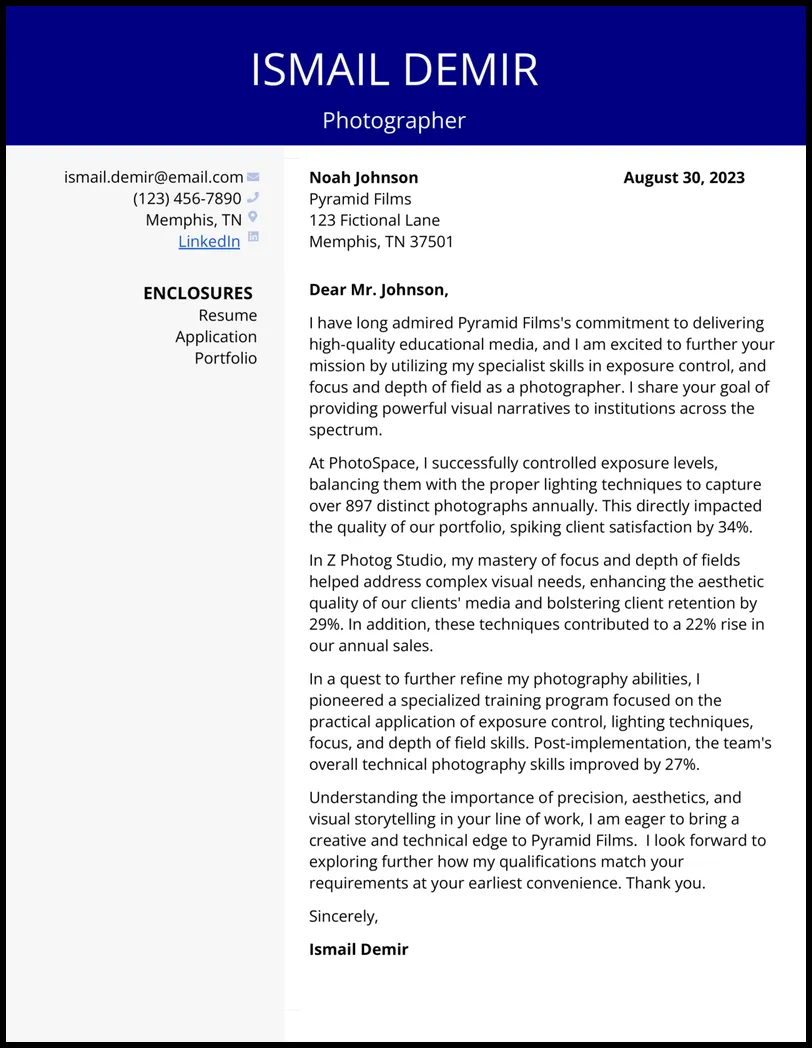
Avoiding common mistakes can significantly improve your cover letter. Pay attention to detail and ensure your letter is free of errors. Taking care to avoid mistakes can help you stand out from other candidates and increase your chances of landing an interview.
Overuse of Jargon or Clichés
Avoid using industry jargon or clichés. While they might seem impressive, they can make your letter sound generic. Instead, use clear and concise language to highlight your skills. Being direct and clear helps get your points across better than using jargon.
Typos and Grammatical Errors
Typos and grammatical errors can undermine your professionalism. Always proofread your letter carefully before submitting it. Use a grammar checker to ensure accuracy. Errors make it seem that you do not pay attention to detail.
Generic Cover Letters
Avoid using the same generic cover letter for every job application. Tailor each letter to the specific job and company. Showing that you have a specific interest in the opportunity makes your application better than using a generic letter.
Examples of Photographer Cover Letters
Reviewing examples of cover letters can help you understand the best practices. Use them as a guide, but personalize your own letter. Examples provide an excellent model to follow. Use examples to model your own cover letter, but always tailor the content to reflect your individual qualities.
Example for a Freelance Photography Position
When applying for a freelance photography position, emphasize your flexibility, project management skills, and ability to meet deadlines. Highlight your experience working independently and managing your own projects. Showcase your portfolio with diverse projects and explain how your experience and skills match the specific needs of the client. Show you can meet deadlines and deliver what is required.
Example for a Photography Assistant Position
For a photography assistant position, focus on your technical skills, teamwork abilities, and your willingness to learn. Showcase your experience with lighting, camera equipment, and photo editing software. Highlight your ability to work well under pressure and follow instructions. Demonstrate your enthusiasm for assisting and contributing to a team. Be sure to highlight your practical skills.
Example for a Photographer Job at a Studio
When applying for a photographer job at a studio, emphasize your experience with studio photography, your ability to work with clients, and your creative vision. Highlight any specializations you have, such as portraiture, product photography, or event photography. Showcase your portfolio with relevant examples, and explain how your skills align with the studio’s style and brand. Being a fit for the studio brand is important.
